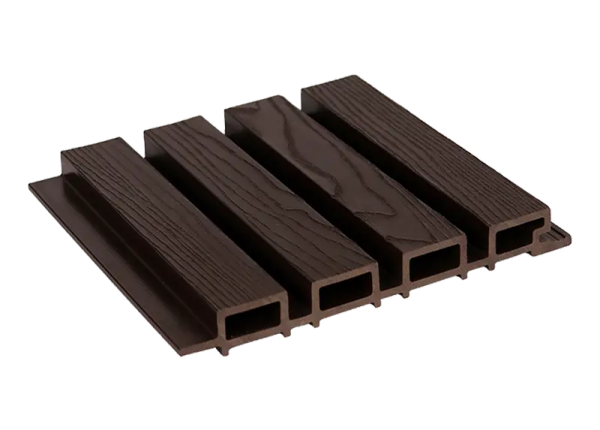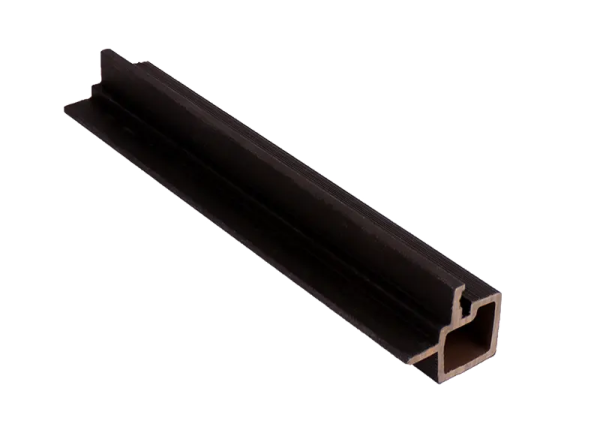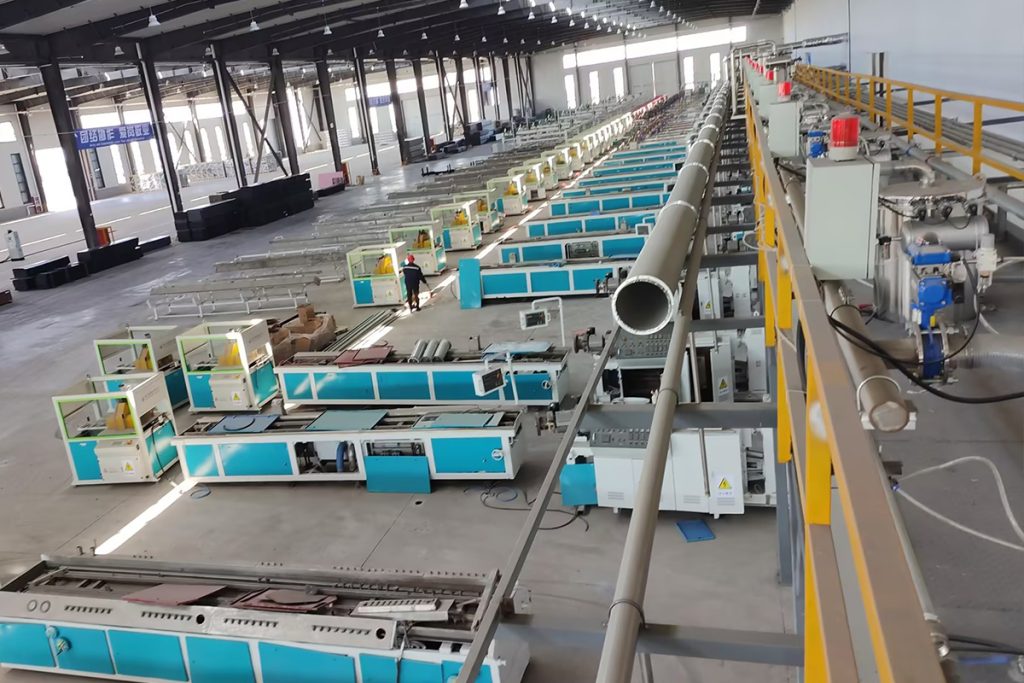If you’re weighing options for your outdoor space, you’ve likely encountered (Wood Plastic Composite) WPC decking and traditional Wood Composite Decking. This article cuts through the confusion, directly comparing their materials, durability, maintenance, cost, and ideal applications to help you make an informed decision for your project.
You’re planning your dream deck and want a material that’s both beautiful and practical. The debate between WPC decking and traditional wood composite decking is likely on your mind. While these terms are sometimes used interchangeably, they can refer to different material compositions and performance characteristics. This guide will dissect their differences, advantages, and drawbacks, empowering you to choose the best fit for your home, lifestyle, and budget.
Understanding the Basics: WPC Decking vs. Wood Composite Decking
At first glance, WPC (Wood Plastic Composite) and what’s often marketed as wood composite decking can seem confusingly similar. Both are innovative materials designed to outperform traditional wood by combining organic and synthetic components. However, their specific formulas lead to different performance outcomes.
Generally, WPC decking is typically made from a blend of recycled plastics (like HDPE or PVC) and wood fibers or flour, bonded together with chemical additives. A common composition you’ll find is approximately 60% wood fiber, 30% plastic, and 10% additives. These additives include coupling agents, UV stabilizers, colorants, and antifungal agents, which are crucial for enhancing the decking’s durability, weather resistance, and appearance.
Traditional wood composite decking (sometimes referred to as first-generation composite) often has a higher ratio of wood content and may use different binding agents. It was a pioneering product that offered an alternative to wood but came with its own set of limitations, such as being more susceptible to moisture and fading.
The core distinction often lies in the manufacturing process and material structure. Many modern WPC products benefit from advanced techniques like co-extrusion, where a protective polymer shell is fused around the composite core, significantly enhancing its performance.
Head-to-Head Comparison: Durability, Maintenance, and Performance
When investing in a deck, you need to know how it will stand up to daily life and the elements. Here’s how WPC and traditional wood composite stack up in key performance areas.

Durability and Longevity
- WPC Decking: Modern WPC, especially co-extruded varieties, is engineered for exceptional durability. The protective cap resists a wide range of assaults, from scratches and stains to fading from UV rays. It’s highly resistant to moisture, preventing the rot, warping, and splintering that plagues traditional wood. Many manufacturers offer warranties exceeding 5 years, a testament to its longevity.
- Wood Composite Decking: First-generation composites can be more susceptible to surface damage and moisture absorption without a protective cap. This can make them more prone to staining, mold, and mildew over time, and their color may fade faster when exposed to strong sunlight.
Maintenance Requirements
- WPC Decking: This is where WPC truly shines. It requires very little maintenance. You won’t need to sand, stain, or seal it annually. Routine cleaning is typically as simple as sweeping and occasionally washing with soap and water to keep it looking new. This low-maintenance advantage saves significant time and money over the deck’s lifespan.
- Wood Composite Decking: While still easier to maintain than solid wood, earlier composite decks may require more frequent cleaning to prevent surface stains and microbial growth. Their higher porosity can make them less forgiving to spills like red wine or oil.
Weather and Water Resistance
Both materials offer good resistance, but WPC often has an edge.
- WPC Decking: Engineered to be highly waterproof, WPC excels in damp environments. It’s an ideal choice for pool decks, docks, and rainy climates because it won’t swell, rot, or decay from constant water exposure. Its low water absorption rate (often less than 2%) is a key technical advantage.
- Wood Composite Decking: While resistant, traditional composites can absorb moisture over time if not properly sealed or maintained, which may lead to issues in consistently wet environments.
Scratch and Slip Resistance
- WPC Decking: The polymer-rich surface of many WPC boards, particularly co-extruded ones, offers better resistance to scratches from furniture or pet claws. Furthermore, the surface is often designed with textured wood grain patterns or grooves that provide a slip-resistant surface, even when wet, enhancing safety around pools and patios.
- Wood Composite Decking: Surface durability can vary more widely between products. Some may be more susceptible to scratching, and slip resistance is not always a guaranteed feature.
Aesthetics, Cost, and Ideal Applications
Beyond pure performance, the look, cost, and suitability for your specific project are crucial deciding factors.
Aesthetics and Design Options
- WPC Decking: Manufacturing advances allow for incredibly realistic 3D embossed wood grain patterns that look and feel like real wood. WPC comes in a vast array of colors and styles, from traditional woods to modern grays. The color tends to be consistent throughout the board, and thanks to UV stabilizers, it resists fading for years. The co-extrusion process also allows for sharper, more defined grain patterns.
- Wood Composite Decking: Early composites were criticized for a somewhat plastic-like or uniform appearance. However, newer generations have improved significantly in replicating the look of wood, though the range of styles and fade resistance may not be as robust as some premium WPC options.

Cost Analysis and Value Over Time
The initial cost is only part of the financial picture.
- Upfront Cost: Traditionally, first-generation wood composite decking has often been a more budget-friendly option upfront compared to WPC. Prices for WPC can vary but are typically an investment (e.g., sample pricing from suppliers might show a range of $18.78 – $20.28 per square meter for higher-end WPC products).
- Long-Term Value: While the initial investment in WPC might be higher, its exceptional durability and incredibly low maintenance can make it more cost-effective over its lifespan. You save massively on annual staining, sealing, and potential repair costs associated with other materials.
Choosing the Right Application
- WPC Decking: Its superior waterproof and fade-resistant properties make it the undisputed champion for high-moisture applications and areas with intense sun exposure. It’s perfect for:
- Pool surrounds
- Waterfront docks and piers
- Ground-level decks in shady, damp areas
- Modern outdoor spaces where low maintenance is a top priority
- Wood Composite Decking: Can be a suitable and cost-effective choice for covered decks, raised patios, or other areas that receive some protection from direct, constant sun and heavy rainfall.
Making the Right Choice for Your Home
So, which decking material is truly better? The answer, as often is the case, is: it depends on your priorities.
Choose WPC Decking if:
- Your top priorities are minimal maintenance and long-term durability.
- Your deck will be exposed to water, humidity, or intense sunlight.
- You want the most realistic wood look with extensive design choices.
- You are willing to invest more upfront for savings in time and money later.
Consider Traditional Wood Composite if:
- Initial project cost is your primary determining factor.
- The deck installation will be in a covered or shaded area with less exposure to the elements.
- You are comfortable with performing slightly more regular cleaning to maintain its appearance.
Ultimately, both materials represent a significant upgrade over traditional wood in terms of consistency and sustainability (often using recycled materials). By weighing the factors of performance, aesthetics, and cost against your specific needs, you can select the decking material that will provide years of enjoyment and add value to your home.

